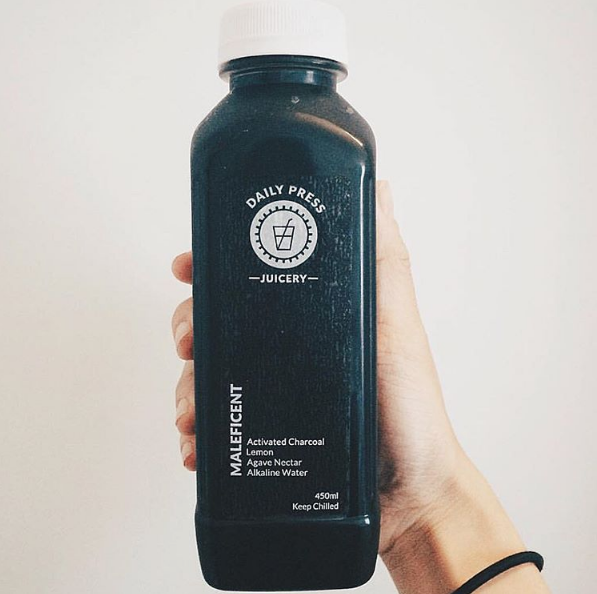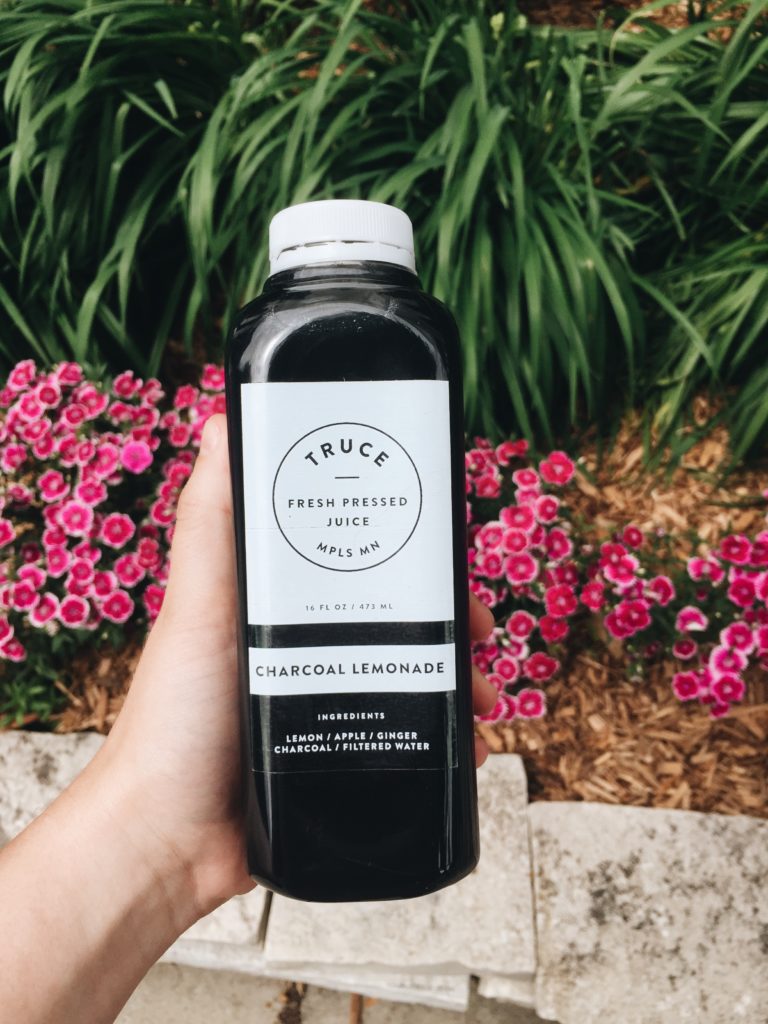If you’ve scrolled through any foodie, or health nut’s Instagram, you’ve probably seen bottles of colorful juices, and promotions for juice cleanses. Green, red, purple – the options are endless – and now you can actually make black juice with activated charcoal, and a few other ingredients of your choosing.
Throughout the U.S., juice shops have begun selling this charcoal juice, citing its health benefits, and encouraging customers to use it as a means to detoxify the body. After seeing a few of my friends post pictures of their own bottles of this mysterious juice, I set out on a mission to find out what exactly makes charcoal juice such a big deal.

Photo courtesy of @thenamlife on Instagram
For years, holistic nutritionists and doctors alike have used activated charcoal as a means to draw out toxins from the body. According to Dr. Maged Rizk, a gastroenterologist at Cleveland Clinic, activated charcoal is often used during poisonings in order to limit the amount of the toxin that the body absorbs.
Because charcoal is adsorbent, meaning that a wide range of molecules and chemicals stick to it, it seems to be the perfect material to draw out anything you don’t want in your body. Activated charcoal comes in pill form too, and is often used to absorb something that you’re intolerant to, like gluten or dairy.

Photo by Carly Koemptgen
So, the idea of drinking activated charcoal seems like a good idea. It will draw out toxins from your body and leave you feeling cleansed. Hangover cure? Check. Stomach pains from eating something you’re intolerant to? Check. Health benefits? Oh yeah. But wait, it’s black in color. Not murky water gray, but solid black. How can you ever bring yourself to drink this?
I brought myself to Truce, a juice bar in Minneapolis, Minnesota. They’re known for their charcoal lemonade and a wide variety of other fresh pressed juices. I was on a mission to get my hands on the latest #foodstagram trend.
I expected to pay at least $6 for this drink, but brought a $20 bill because that’s what I could get at the ATM. Good thing I brought that twenty, because my 16-ounce bottle of charcoal lemonade cost me $9.95. Ten dollars. That’s 995 pieces of Bazooka Bubblegum, 9 McChickens, or 9 drinks at Union on a Thursday night. This better be made with water from the fountain of youth or clear up every single pimple on my face.
After getting over the hefty price tag, I was open-minded about this strange-looking drink. At first sip, the charcoal lemonade was decent at best. But after a few more, the flavor grew on me. It tasted like a tart lemonade with a little bit of a kick. (That was probably the ginger.) I didn’t feel very cleansed after, but maybe something magical happened inside my body that I wasn’t able to see. In all, it was great and I would recommend it to anyone that has $10 to spare on a bottle of juice.
Be forewarned, though, that holistic nutritionists like Heather Wilson of Los Angeles recommend you drink or consume activated charcoal at the end of a cleanse to give a detoxifying boost instead of replacing your daily breakfast or snack. The bottles of juice tend to have a very small dose of activated charcoal that is healthy for daily consumption, but Wilson recommends that you consume it “once a week—or twice at most.”


